National environmental management strategy for Pacific island countries and territories.
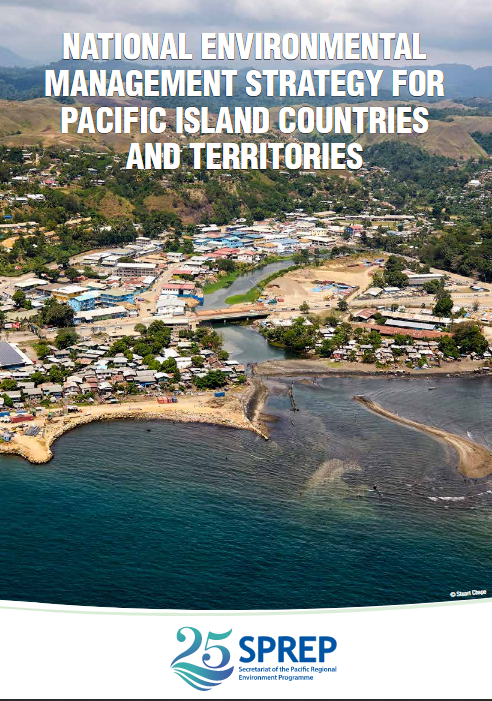

NEMS is SPREP's Environmental Monitoring and governance (EMG) Programme provides technical support in collaboration with Member countries' environmental agencies.
Directives pour les études d’impact environnemental du développement du tourisme côtier dans la région du Pacifique.
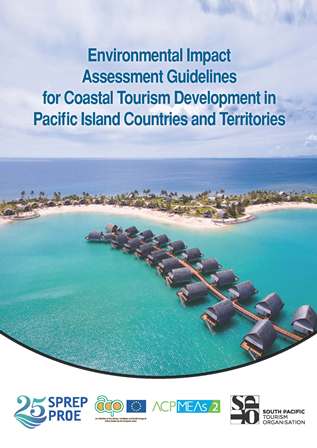

Environmental impact assessment (EIA) is the primary instrument for planning, assessing and managing development projects, to support sustainable and resilient development goals and green growth outcomes.
Learning more about our coral reef - Factsheet 4.
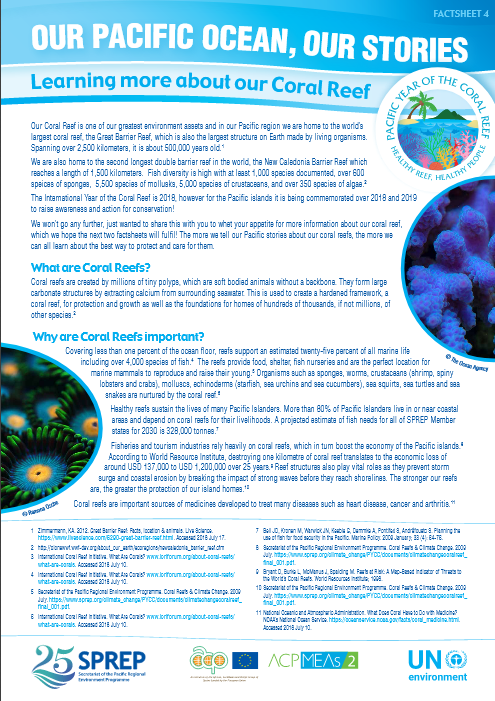

Our coral reef is one of our greatest environment assets and in our Pacific region we are home to the world's largest coral reef, the Great Barrier Reef...
A plastic-free ocean, our actions, our responsibility - Factsheet 3.
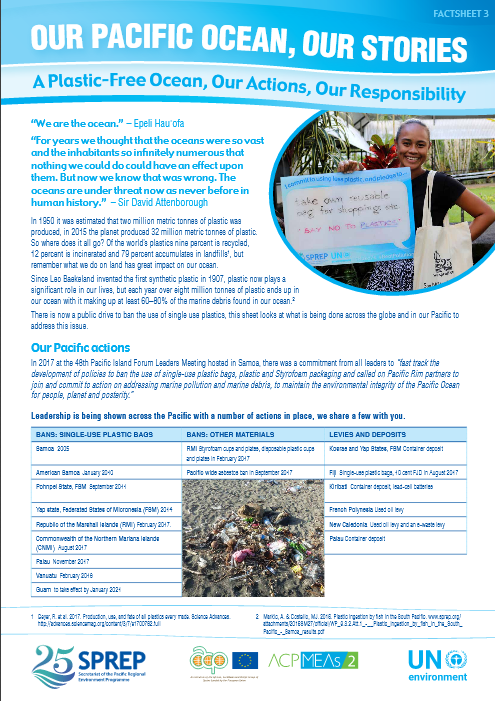

In 1950 it was estimated that two million metric tonnes of plastic was produced, in 2015 the planet produced 32 million metric tonnes of plastic.
Pacific ocean or plastic ocean? - Factsheet 2.
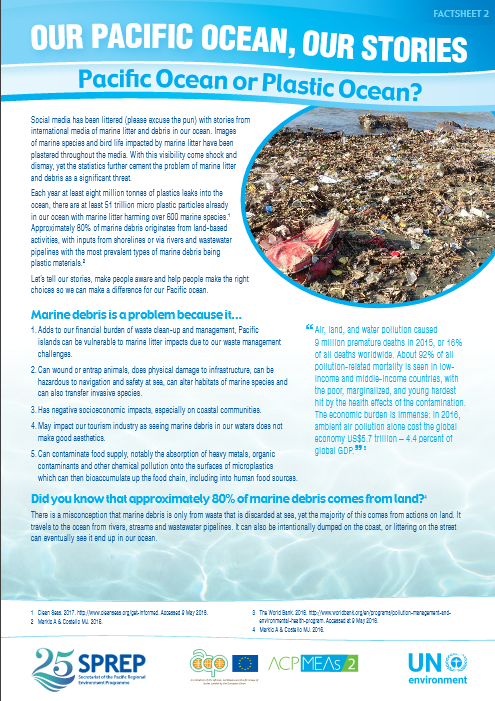

Social media has been littered (please excuse the pun) with stories from international media of marine litter and debris in our ocean.
Our Pacific Ocean, Our Stories: Why we should tell our stories about our Pacific ocean? - Factsheet 1.
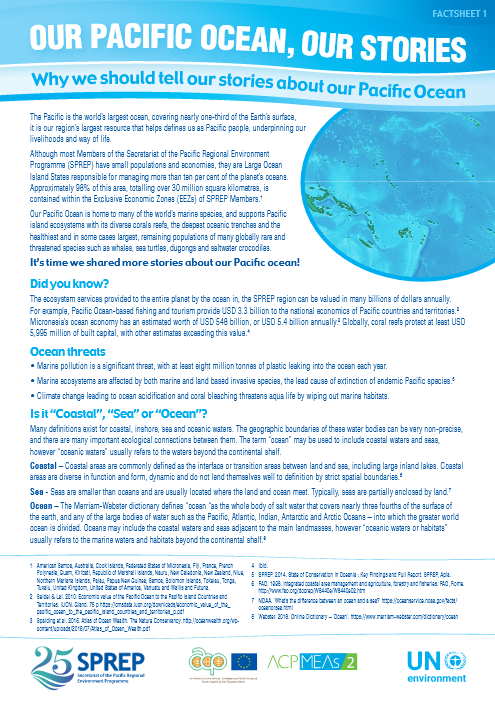

The Pacific is the world's largest ocean, covering nearly one third of the Earth's surface...
The challenges our coral reefs face - Factsheet 5.
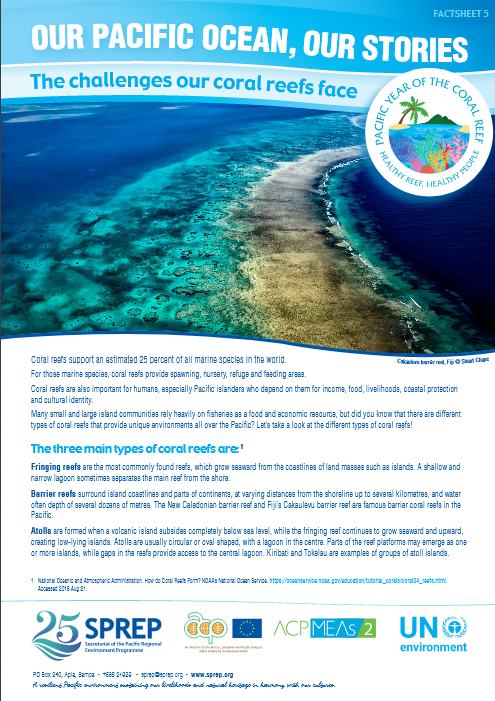

Coral reefs support an estimates 25 percent of all marine species in the world.
Regional joint meeting of the ACPMEA2 and Inform projects.
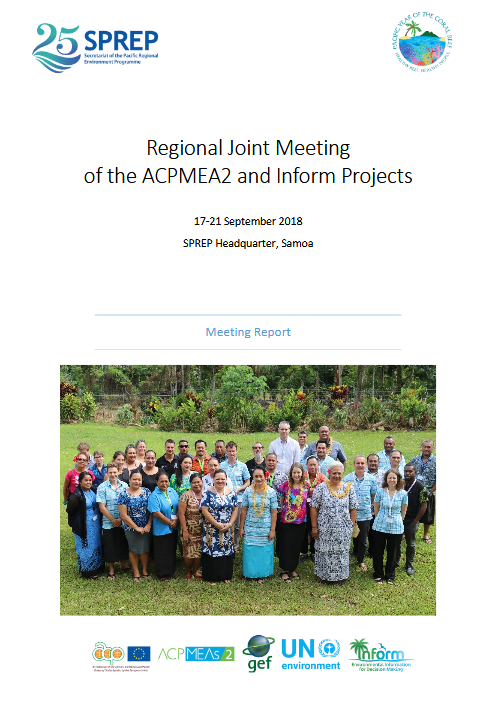

SPREP’s Environmental and Monitoring Governance (EMG) Programme convened a regional meeting for participants to review the successes of the ACPMEA Project Phase 2, discuss and share experiences in implementing the ACPMEA project, and establish clear linkages to the Inform project.
State of Environment Report Guidelines
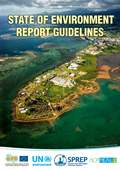

National SoE Reports give information about environmental and social conditions, trends and
Environmental impact assessment: guidelines for coastal tourism development in Pacific island countries and territories


Environmental impact assessment (EIA) is the primary instrument for planning, assessing and managing development projects, to support sustainable and resilient development goals and green growth outcomes.
Strengthening Environmental Impact Assessment: Guidelines for Pacific Island countries and territories
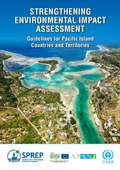

Since the early 1990s the Secretariat of the Pacific Regional Environment Programme (SPREP) has been promoting the use of environmental planning and assessment processes amongst its member countries and territories. SPREP's approach to environmental planning and assessment has been part of a global programme for improving environmental management and supporting sustainable development. SPREP has been guided by regional and international multilateral environmental agreements (MEAs); the needs of its members; the advice of its collaborators, donors and regional partners; and green economy, climate change adaptation and disaster risk management considerations, with the latter two considerations being amongst the most important sustainable development issues for the Pacific region.
Environmental impact (EIA) of large-scale mining in Papua New Guinea : sedimentology of trace metals from mine-derived materials deposited in Fly River floodplain
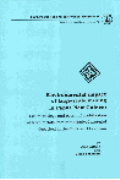

The Ok Tedi copper-gold mine, located at the eastern end of the central mountain range of New Guinea, discharges approximately 80.000 tons of ore processing residues daily, and a similar volume of waste rock and overburden into the headwaters of the Ok Tedi River.
Environmental impact assessment: guidelines for coastal tourism development in Pacific island countries and territories.


Environmental impact assessment (EIA) is the primary instrument for planning, assessing and managing development projects, to support sustainable and resilient development goals and green growth outcomes.
State of Environment Report Guidelines


National SoE Reports give information about environmental and social conditions, trends and
The Republic of the Marshall Islands National Environment Management Strategy (NEMS) 2017-2022


The National Environment Strategy 2017-2022 is a commitment by the Republic of the Marshall Islands to conserve and improve its environment for current and future generations. In the RMI State of Environment Report (SoE) 2016 (SPREP), the Office of Environment Protection and Policy Coordination (OEPPC) worked with other sectors and partners to identify its shortfalls. A strategy to address these shortfalls was developed through the National Environment Management Strategy (NEMS) 2017-2022. The NEMS 2017-2022 promotes sustainable development and integrates environment conservation and the proper governance of development efforts
Cook Islands : State of the Environment report (SOE) brochure.
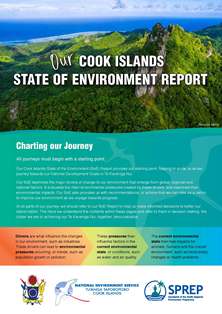

The Cook Islands State of the Environment (SOE) Report provides us with the chart to make informed decisions to accurately report on key environmental issues. Develop and implement policies and programmes to improve environmental conditions in the Cook Islands. Understand financial implications for which Cook Islands Government and other agencies can identify areas that require financial input. Work together to update the SOE every five years
Tuvalu : National Environment Management Strategy (NEMS) 2015-2020
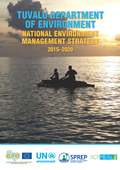

Tuvalu’s national development plan, Te Kakeega II: National Strategy for Sustainable Development 2005–2015, is the overarching framework that drives Tuvalu’s development path and resource allocation. The protection and sound management of the environment is vital in order to attain the Vision: “To achieve a healthier, more educated, peaceful and prosperous Tuvalu”. To strengthen the link to the plan, the Department of Environment (DoE), with the support of SPREP, developed the Tuvalu National Environment Management Strategy 2015–2020.
The Republic of the Marshall Islands: State of the Environment (SOE) Report 2016
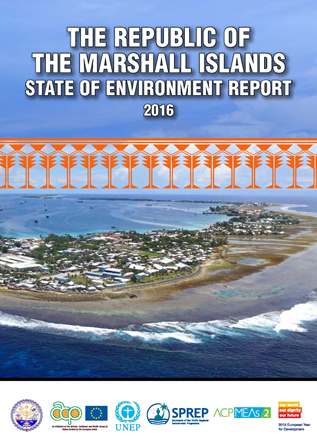

The 2016 State of Environment (SOE) Report for the Republic of Marshall Islands (RMI) updates the 1992 SOE report. It uses the DPSIR model (Drivers, Pressures, State, Impact and Response) and aims to:
Strengthening Environmental Impact Assessment: Guidelines for Pacific Island countries and territories / Renforcement des Études d'Impact Environnemental: Directives pour les États et Territories insulaires océaniens


Since the early 1990s the Secretariat of the Pacific Regional Environment Programme (SPREP) has been promoting the use of environmental planning and assessment processes amongst its member countries and territories. SPREP's approach to environmental planning and assessment has been part of a global programme for improving environmental management and supporting sustainable development. SPREP has been guided by regional and international multilateral environmental agreements (MEAs); the needs of its members; the advice of its collaborators, donors and regional partners; and green economy, climate change adaptation and disaster risk management considerations, with the latter two considerations being amongst the most important sustainable development issues for the Pacific region.
Pacific Environment and Climate Change Outlook (PECCO) report


The report presents concrete evidence that food, freshwater and the livelihoods of the Pacific islanders are under threat due to climate change, and concludes that the Pacific is at the frontline in humanity's efforts to combat and adapt to climate change. As the President of Kiribati, H.E. Anote Tong notes, The problem is much more immediate than we perceived...
Outlook report on the state of the marine biodiversity in the Pacific Region
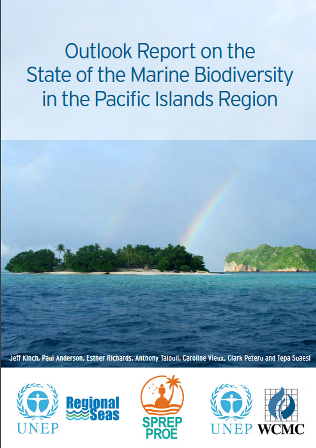

The Pacific Islands region is located in the western and central Pacific Ocean. The 15 Independent countries and eight territories that make up this region are delineated into three major culture areas, these are Melanesia, Micronesia and Polynesia (Table 1) and have a combined Exclusive Economic Zone (EEZ) of approximately 29 million km
Samoa 2012 Environmental Outlook : developing a vision for the next 50 years
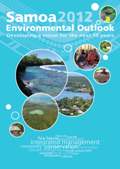

Samoa’s rich cultural heritage and future prosperity depends on a healthy environment. Over the past 50 years, Samoa’s environment has been pressured by increasing population and development, agricultural expansion, invasive species of plants and animals, and disasters such as tsunamis, cyclones, and fi res. Each of these threatens the health of our environment, thereby threatening the wellbeing of Samoan people and Fa Samoa – our traditional way of life
Environmental impact (EIA) of large-scale mining in Papua New Guinea : sedimentology of trace metals from mine-derived materials deposited in Fly River floodplain


The Ok Tedi copper-gold mine, located at the eastern end of the central mountain range of New Guinea, discharges approximately 80.000 tons of ore processing residues daily, and a similar volume of waste rock and overburden into the headwaters of the Ok Tedi River.
Multilateral environmental agreement (MEA) negotiator's handbook : Pacific region 2013
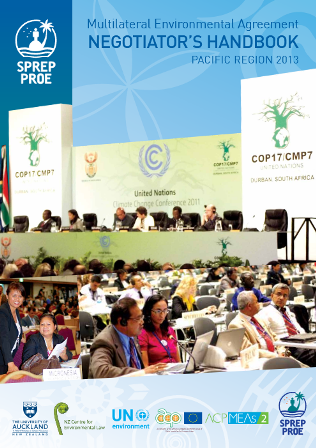

It is important to understand the contexts of environmental discussions and negotiations. MEAs have largely been produced by significant international conferences convened by the United Nations (UN), such as the Stockholm Conference, the Rio Conference, and the World Summit on Sustainable Development.1 However, not all MEAs originated in UN fora, such as the Convention on International Trade in Endangered Species of Wild Fauna and Flora (“CITES”). This treaty evolved from an initiative of the International Union for the Conservation of Nature (formerly the World Conservation Union) and was adopted at a meeting of government representatives in 1973.